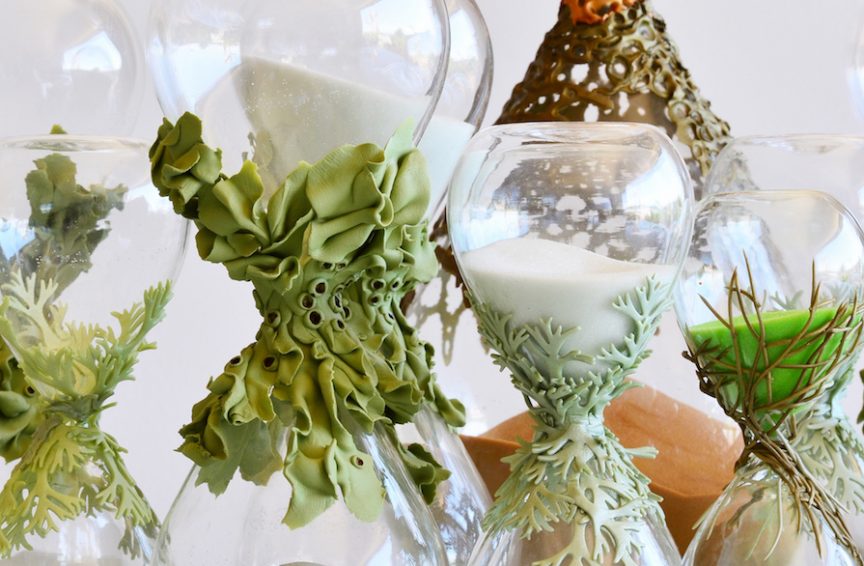Name: Natalie Maras
Which came first in your life, the science or the art?
Both science and art met around our family dinner table. Literature, chemistry and biology were in constant play. I was also exposed to a wide variety of crafts where I could use my hands to apply my imagination and comprehension of science. Throughout my school years, and right throughout university, I kept pace with science and art simultaneously – giving creative expression to insights I gained from the sciences or earning an income from science to fund my arts degree. Now as an independent professional artist, I look for opportunities to place a foot in both worlds. By deliberately placing myself among scientists, I believe I understand art more clearly.

Time of the Essence
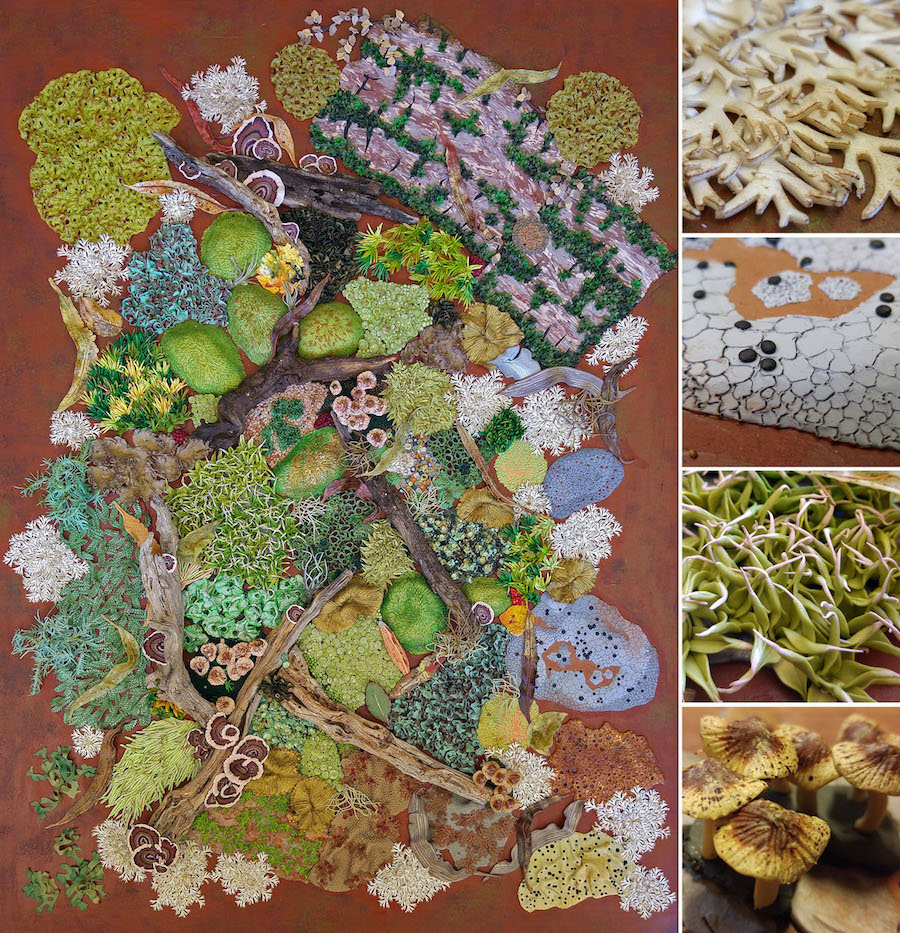
Tragic Carpet
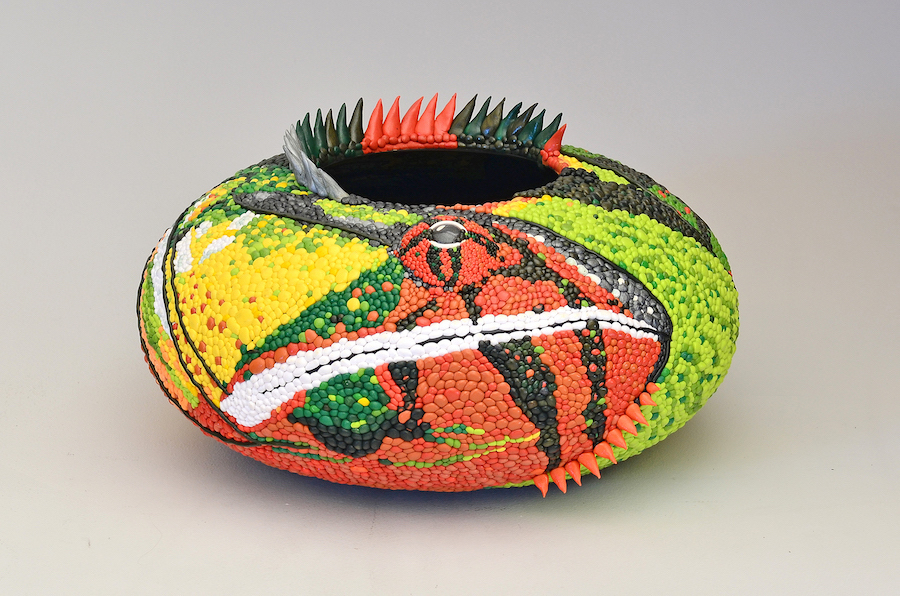
Chameleon
Which sciences relate to your art practice?
I draw greatest inspiration from the biological and physical sciences. I am endlessly drawn to the century-old relationships between biological soil crust organisms; the exquisite structure of diatoms and pollen; the phenomenal architectural characteristics of spider web and sponge spicules; and the patterns of accretion and erosion in the landscape I witness around me. At this age I am also beginning to turn my attention to astronomy and physics. In these areas a new scale of universal patterns is being revealed and that is exciting to me.
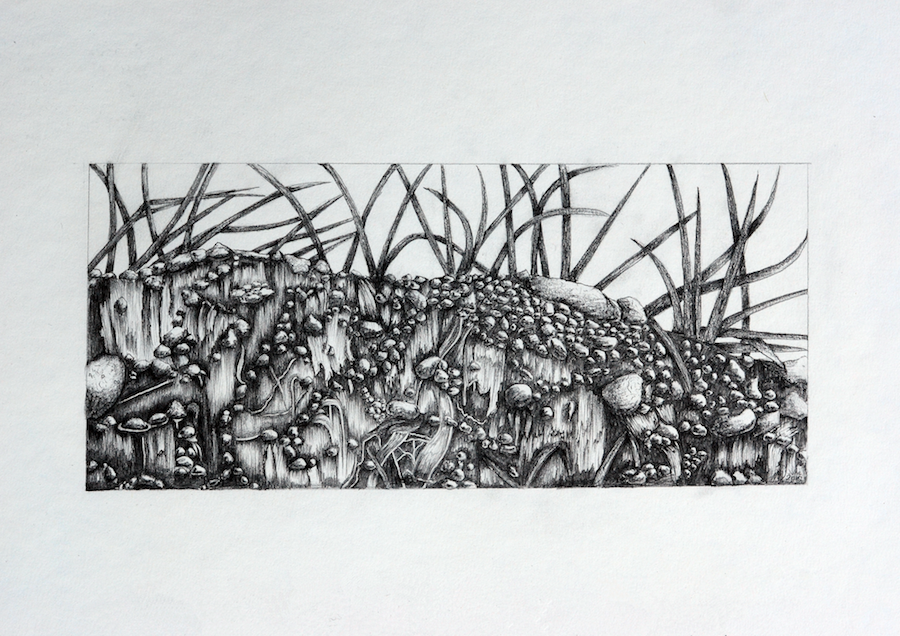
Frost Heave
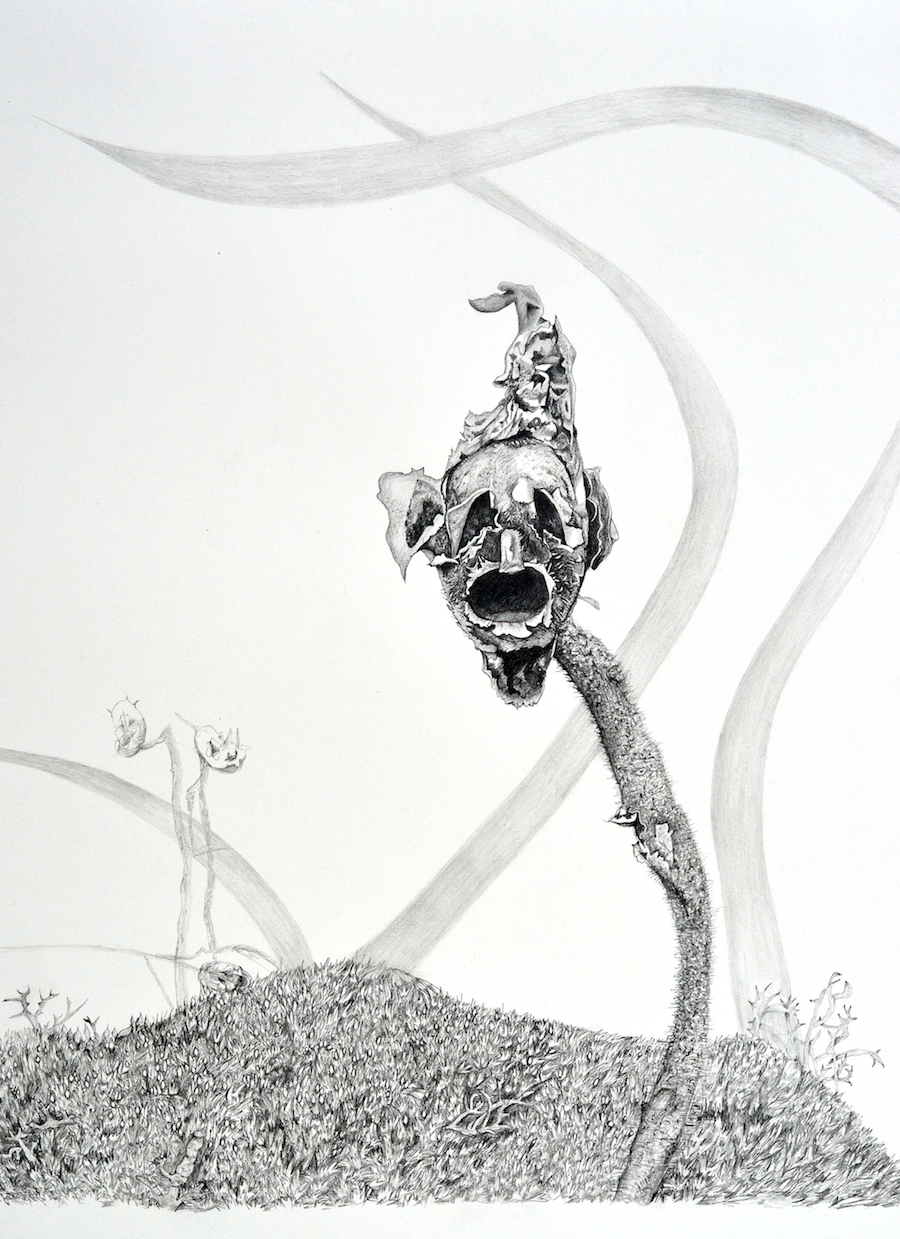
The Scream
What materials do you use to create your artwork?
I use refined imagination, elusive inspiration, and common perspiration. To date, I am most well known for my intricate polymer clay sculptures and bas-relief work. But I am increasingly recognized for my drawings, writing and presentation skills. Being a self-taught independent artist I feel free to use the materials that I see will work best. I have been commissioned to produce architectural artworks in sandstone, artworks from recycled materials and ephemeral natural materials as well as my preferred polymer clay.
Satellite Tracker (Borage Seed With Flower)
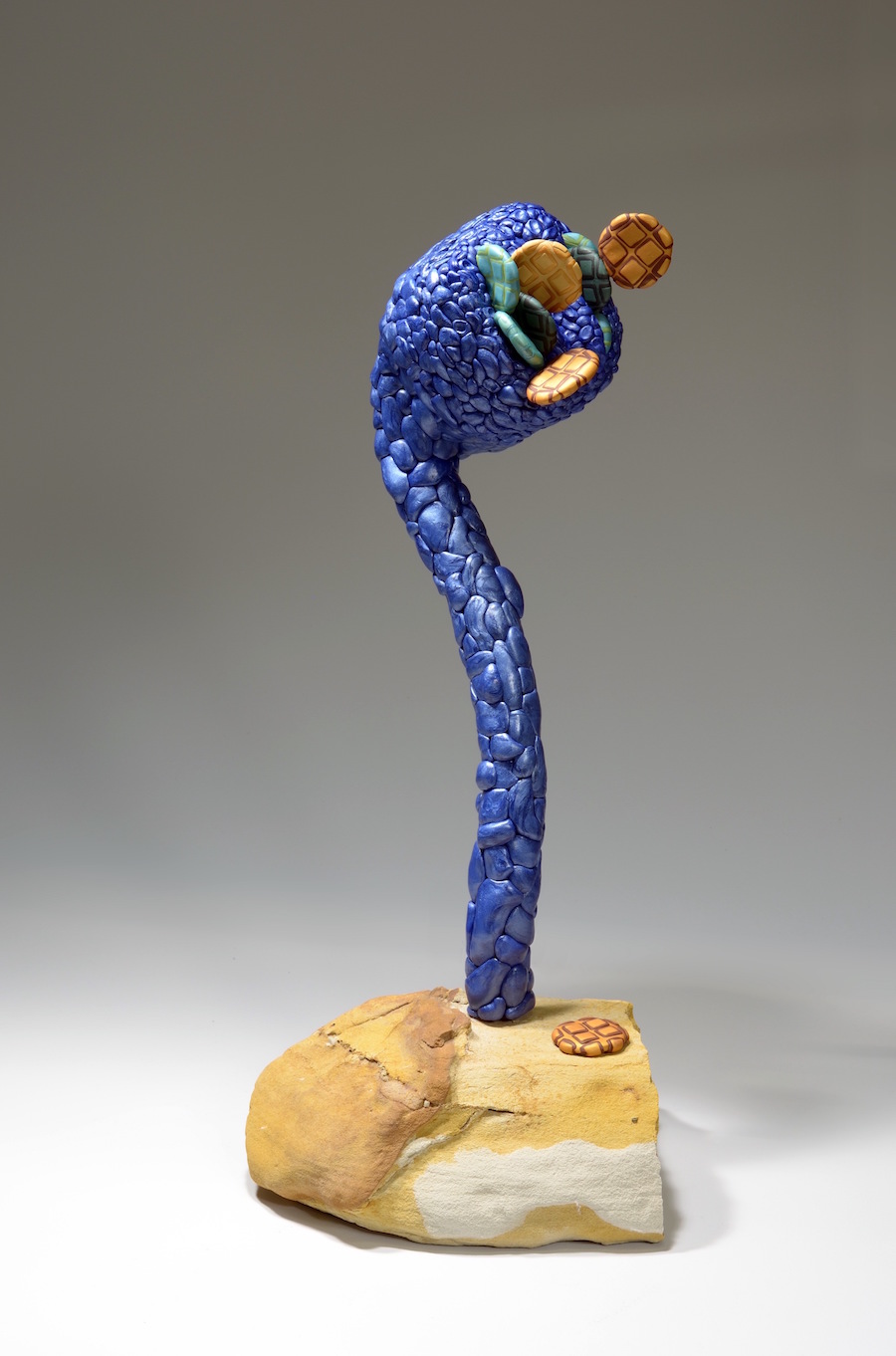
Face to Face
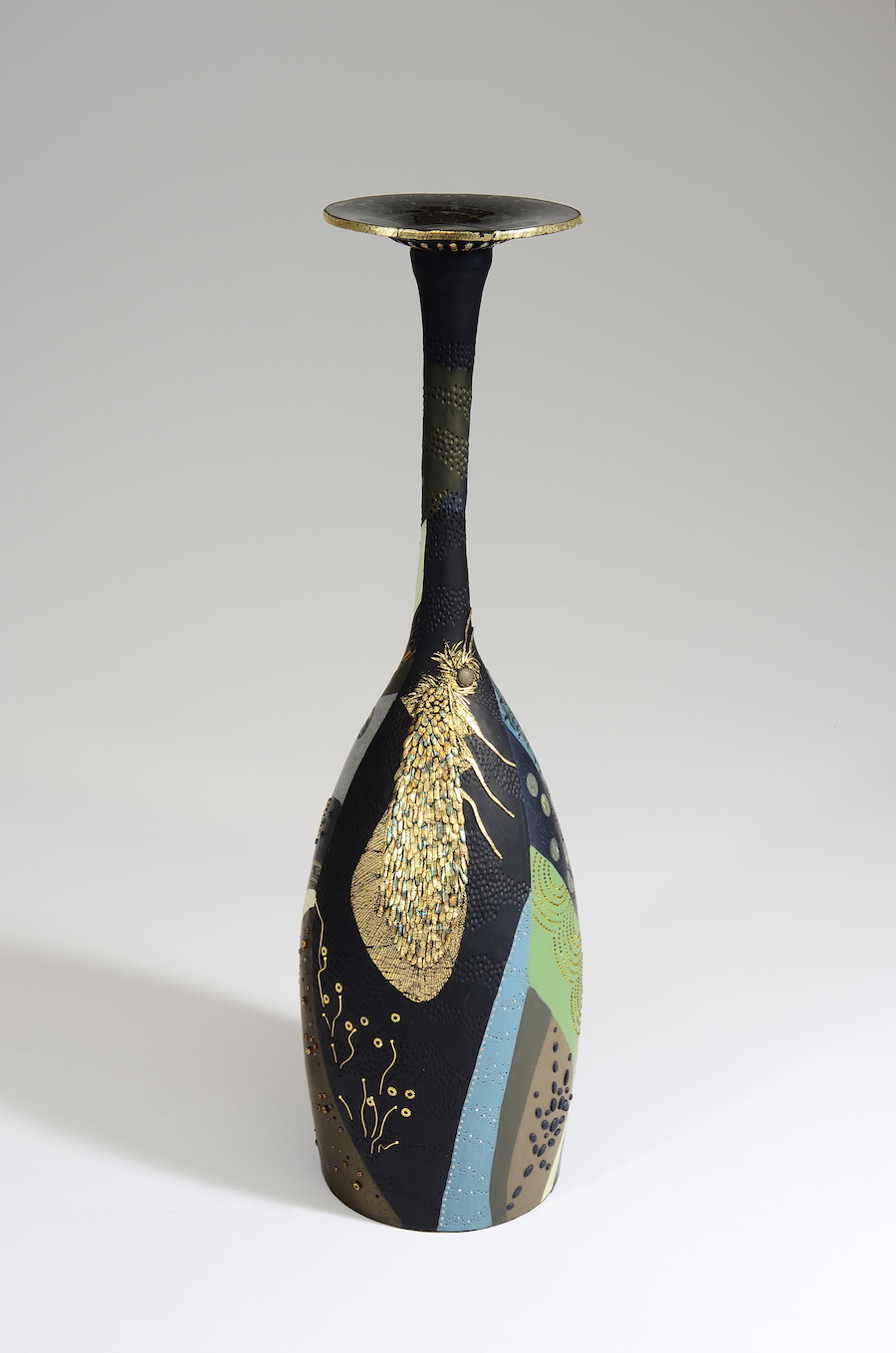
Effervescence
Artwork/ Exhibition you are most proud of:
The Kiss was a breakthrough artwork for me, and for that reason I treasure it. It simultaneously captured familiar and unfamiliar visions, different orders of scale, and both hidden and obvious elements in a way that only artistic and scientifically literate audiences can understand. I am also very proud of the body of work I produced while I was Artist-in-Residence at the CSIRO National Research Collections in Australia. After 2 years of persistence, a reluctant scientific audience finally allowed me to walk with them. My Interface exhibition was a successful ambassador for the merits of artistic endeavor in scientific contexts. I am gradually pulling away from emerging artistic status towards mid-career practice. I am looking forward to my achievements in the next 5-10 years, because I feel I have not yet realized my full potential.

The Kiss (Tiger Lily Pollen Germinating)
Is there anything else you want to tell us?
I am open to collaborations and residencies with scientific organisations. I can be contacted through my website.
Artist Links: Instagram
Share this Post

